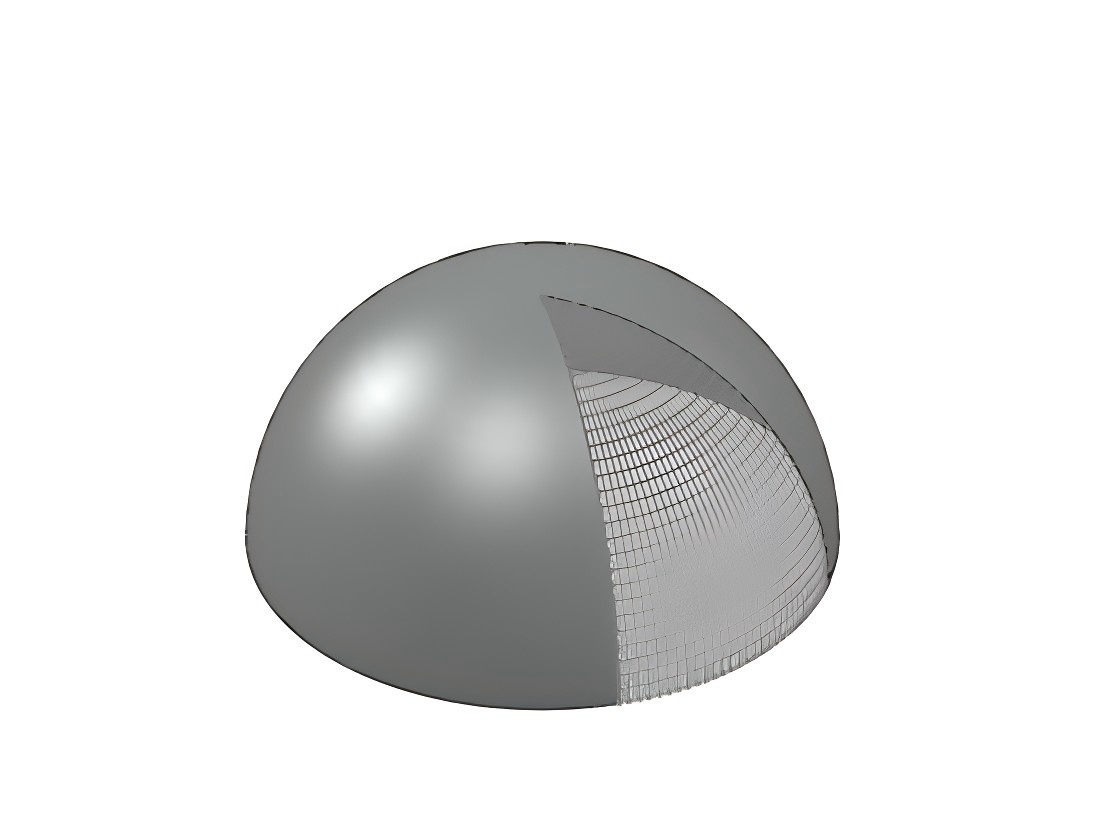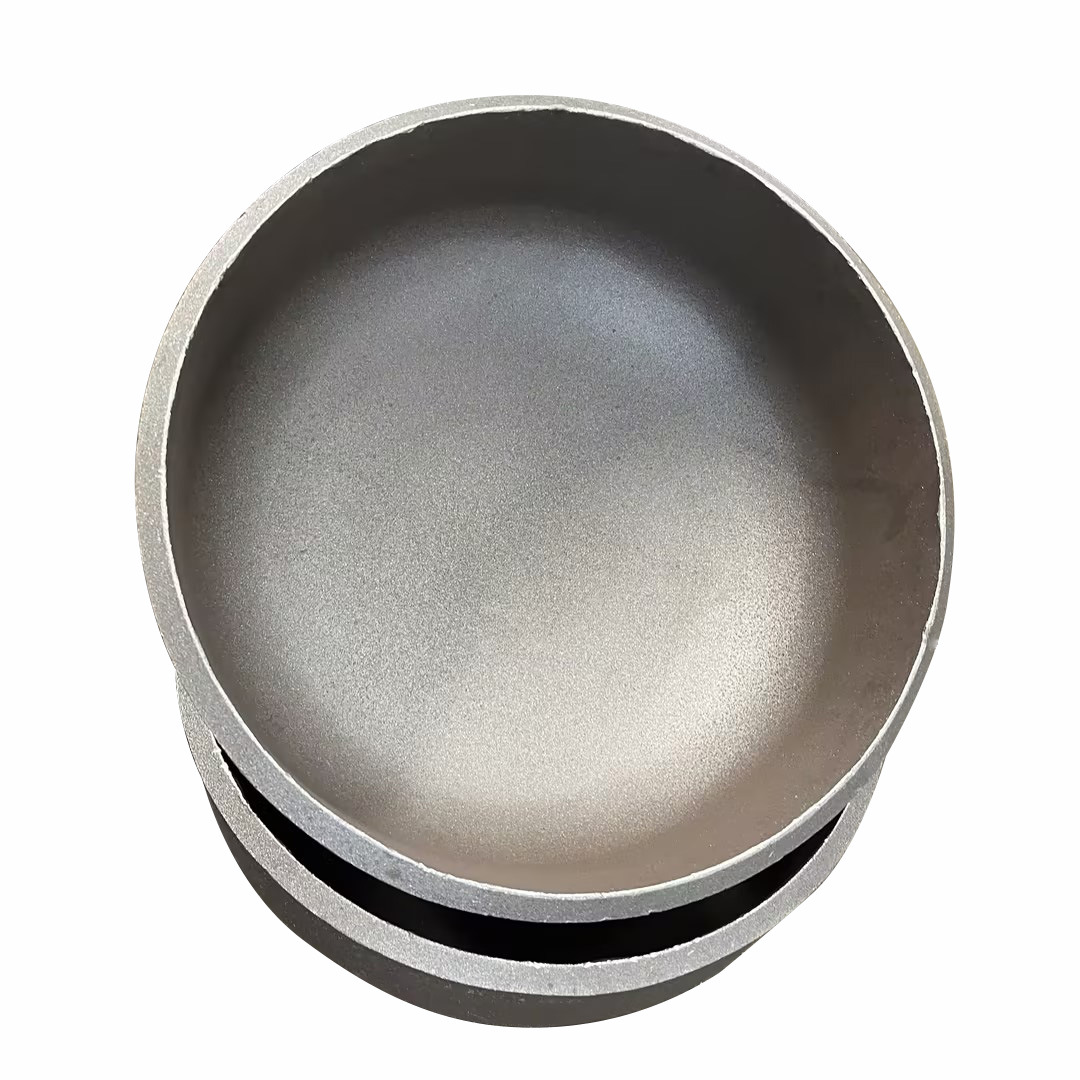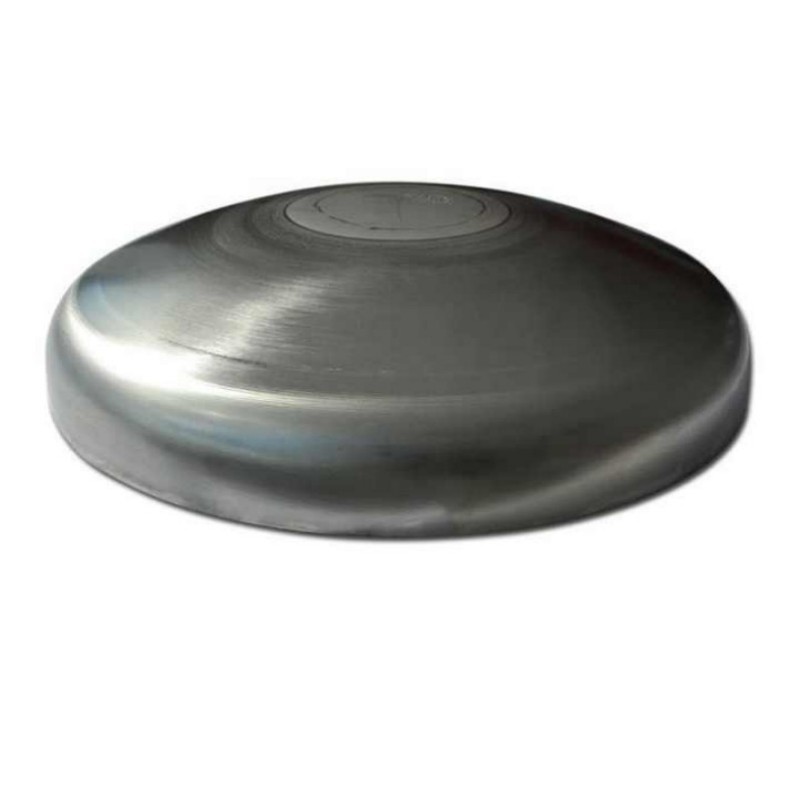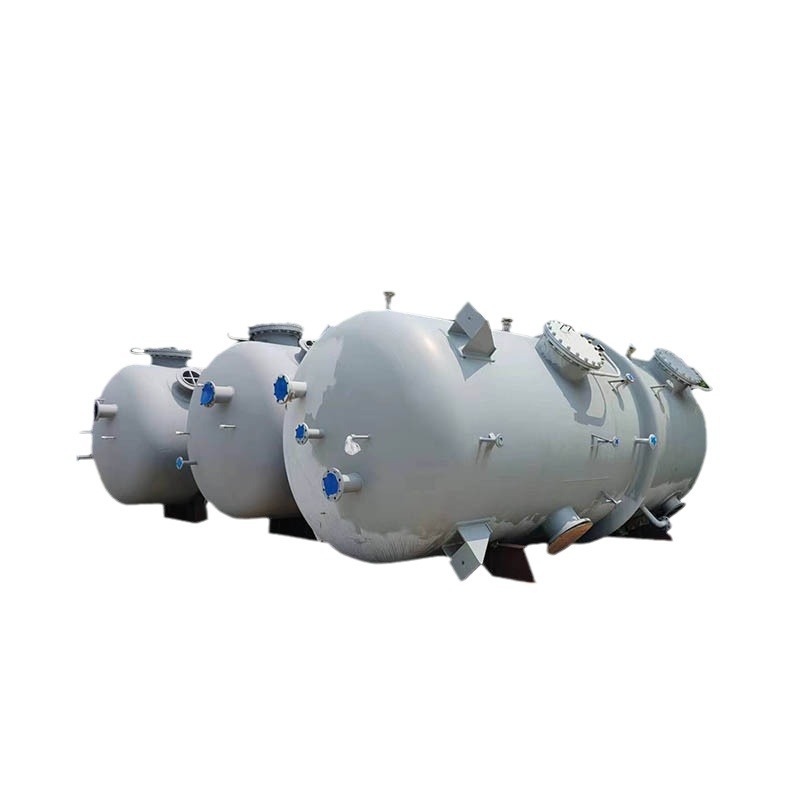Reasons for Crack Propagation in the Cone Head of the Coke Drum
Upload Time:
Dec 11, 2024
Reasons for Crack Propagation in the Cone Head of the Coke Drum
1. Thermal Fatigue: The primary cause of crack formation and propagation is thermal fatigue, which results from the cyclic heating and cooling of the cone head during operation.
2. Thermal Shock Damage: Some cracks exhibit "hairy" characteristics, which are typical of damage caused by thermal shock.
3. Sulfide Corrosion and Weld Corrosion: Under high-temperature conditions, sulfide corrosion occurs on the tapered head, and chloride ion corrosion, cavitation, and other factors contribute to the deterioration of the weld surface. The combined effects of thermal stress, high-temperature gradients, and these corrosive actions lead to the formation of new cracks and the propagation of existing ones.
4. Material Properties of SA387Gr11CL2: The high chromium (Cr) and molybdenum (Mo) content in SA387Gr11CL2 material makes it susceptible to delayed cracking. Additionally, chromium and molybdenum can undergo carbonization and dissolve in solid solution during welding, while the segregation of phosphorus and sulfur at the grain boundaries can contribute to reheat cracking.
5. Creep and Thermal Fatigue Interaction: Crack propagation in the tapered head is caused by a combination of factors, including thermal fatigue, thermal shock, sulfide corrosion, creep, high thermal stress, and axial stress.
Measures to Alleviate Crack Propagation
1. Extend Coke Production Cycle: Lengthen the coke production cycle to reduce the number of cycles and minimize temperature gradients. Control the water temperature used for coke cutting and flushing to reduce thermal stress.
2. Treat Reflux Water: Treat the reflux water used in coke cutting to reduce the chloride ion content, thereby minimizing other forms of corrosion, except sulfide corrosion.
3. Control Welding Parameters: Implement control measures during the manufacturing and repair welding stages. Ensure proper preheating temperature (150–200°C), interlayer temperature ≤ 250°C, post-heating at 350°C for 2 hours, and post-weld heat treatment (PWHT) at 690±14°C for 2 hours.
4. Check Material and Welding Process: Verify that the Cr-Mo steel used meets relevant specifications both before and after welding to ensure quality and performance.
Dense Pitted Corrosion on the Tapered Head: Contributing Factors
1. High-Temperature Sulfide Corrosion: The bottom of the tower, which contains the highest sulfur content and temperature, is particularly prone to large-area pitting corrosion.
2. Recycled Decoking Water: The decoking water used in the process is recycled, containing relatively high concentrations of chloride ions, ammonia ions, and other corrosive components.
3. High Outlet Pressure of Decoking Water: The outlet pressure of the decoking water used for high-pressure coke cutting and cleaning is 34.5 MPa, which can exacerbate corrosion.
4. Proximity to High-Temperature Residue Line: The corrosion area is located near the entrance to the high-temperature vacuum residue line, where the temperature of the contacting medium can exceed 500°C, further promoting corrosion.
5. Structural Sudden Changes: The tapered head's structural changes during feeding can lead to the formation of eddy currents, causing erosion or cavitation in these areas.
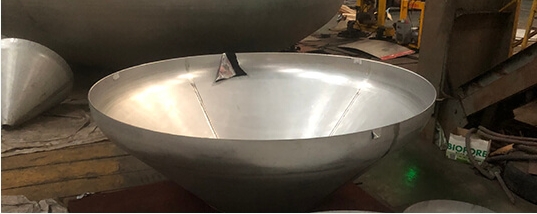
Relevant News
